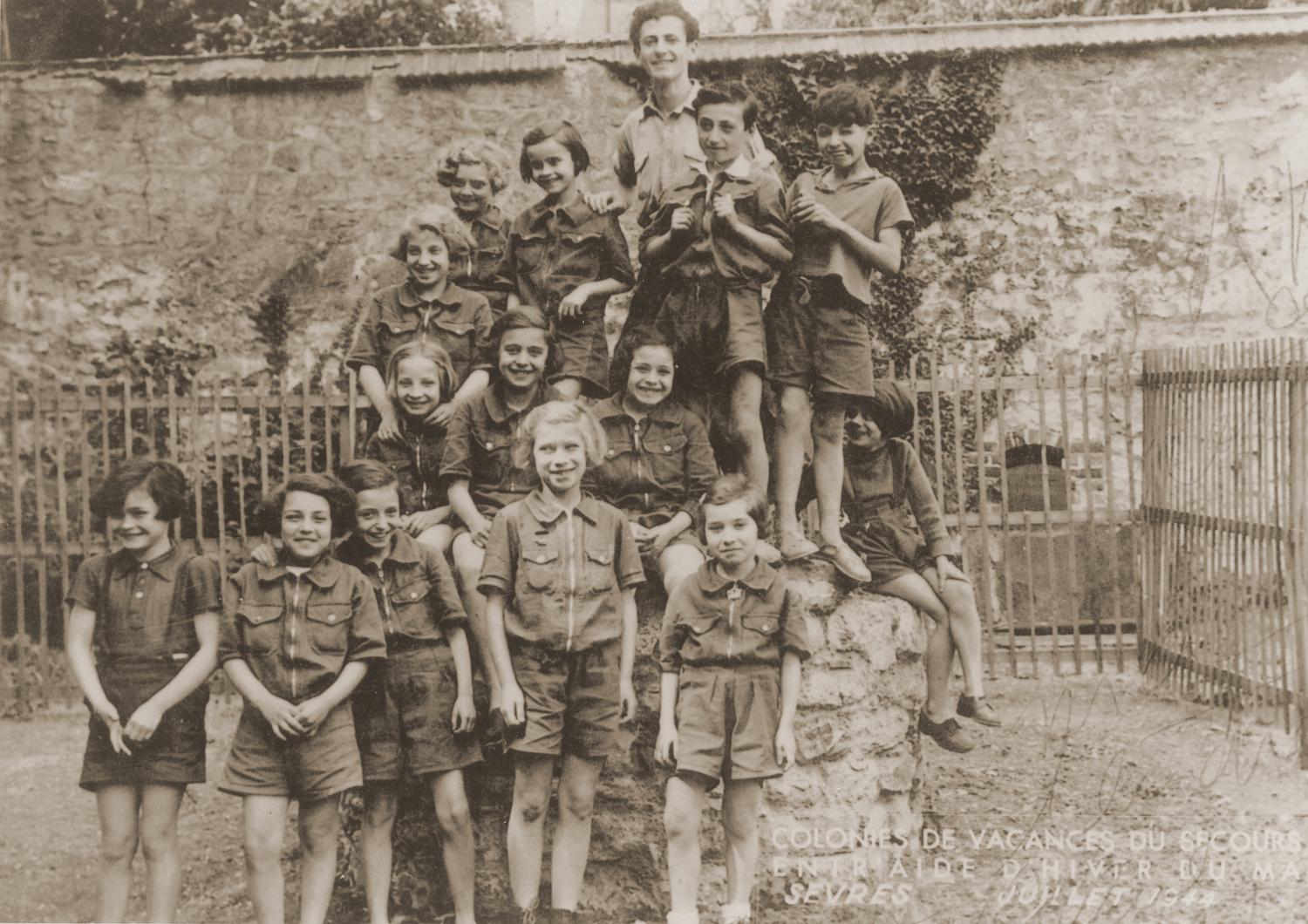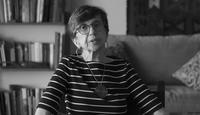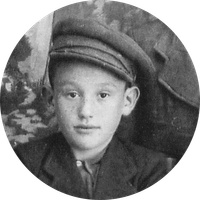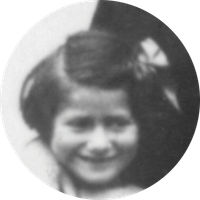Chapters
Chapter 3
In Hiding for Survival
Scroll Down


Children in a home organized by a rescue network. Sèvres, France, 1944. United States Holocaust Memorial Museum, courtesy of Eva Tuchsnajder Lang.
Learning to Read in Hiding
“We spent a lot of time just sitting quietly because we didn’t want our voices to be heard outside. We had to be very careful.
The big question was what to do with a three-year-old? We had to keep my cousin quiet, so we started to teach her to read. For months, she was sounding out letters and words, ‘Ma…po…beh…bah…,’ making noises, putting together letters to make words. By the time of liberation, Eva could read three languages: Polish, Ukrainian and Hebrew, and maybe some Russian, too.”
Holding Back Tears in a Convent
01:21
René Goldman hid his Jewish identity to blend in at the convent school.

Learning for Survival in a Convent
01:17
Did you know that?
Those who helped Jews hide during the Holocaust often risked their lives to do so. To express gratitude for their bravery, Yad Vashem, the World Holocaust Remembrance Center, created the Righteous Among the Nations program. Since the program started in 1963, over
27,000
people have been awarded this honour. Those recognized receive a medal and a certificate, and their names are listed at the Yad Vashem Museum.

















